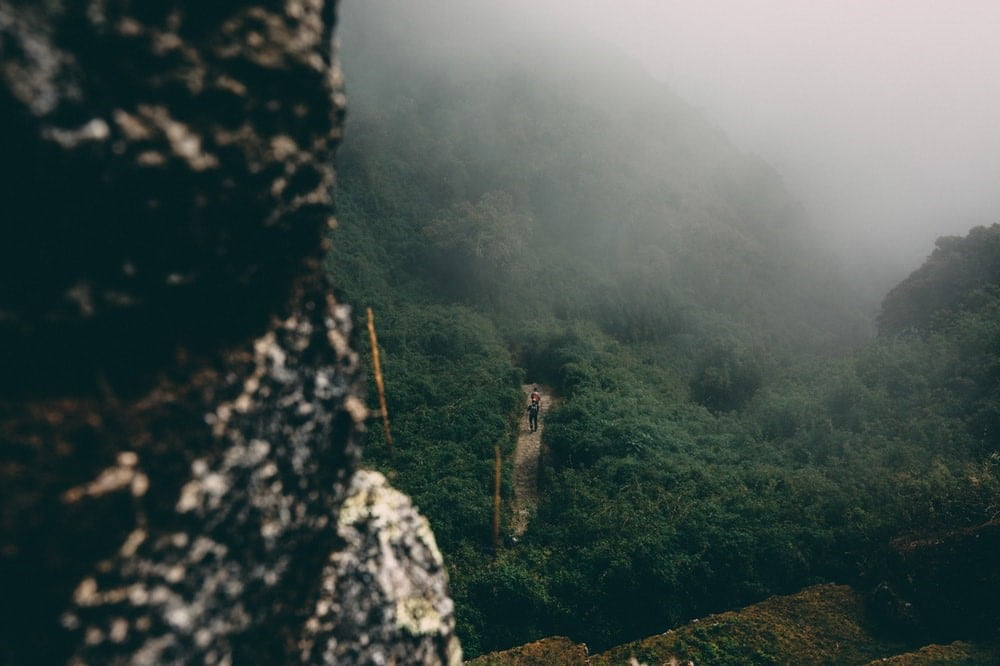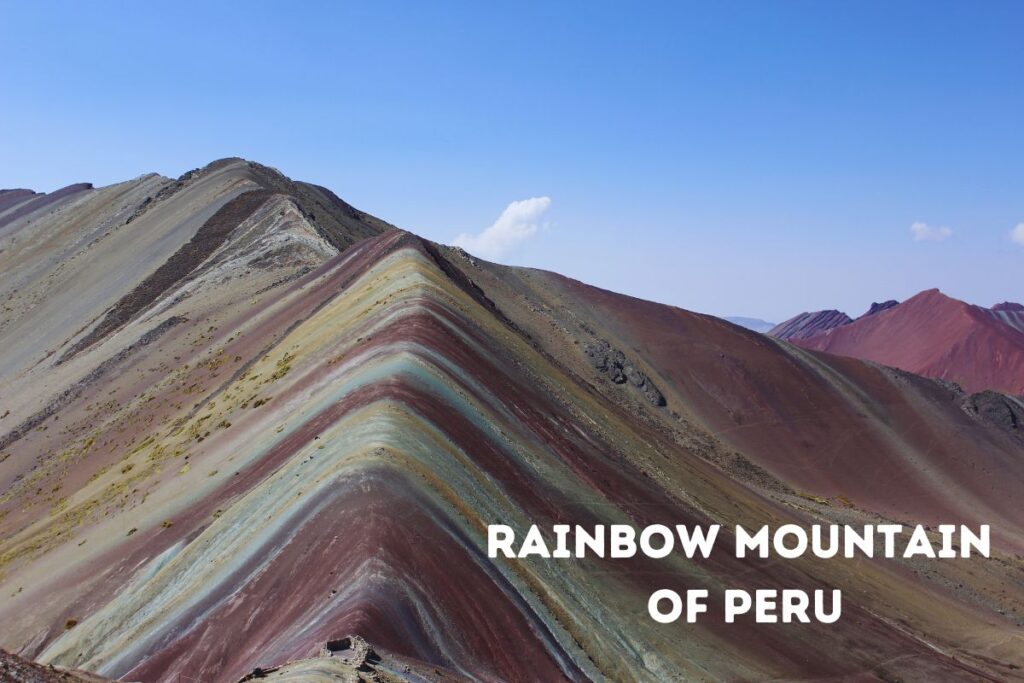Journeying through the captivating lands of South America, one cannot overlook the monumental legacy of the Inca Empire. Known as the largest empire in pre-Columbian America, the Inca civilization presents a fascinating tapestry of history, culture, and religion. As a travel guide based in Cusco, the heartland of the Inca Empire, I’ve witnessed firsthand the remnants of this grand civilization, and it’s my pleasure to share these insights with you, especially if you’re planning to explore the intriguing world of the Incas.
Must do Tours
The Rise of the Inca Civilization
Origins
The story of the Inca Empire begins in the 12th century in the highlands of the Andes. What started as a small tribe quickly grew in power, thanks to their mastery in both diplomacy and warfare. By the 15th century, the Incas had expanded their influence, creating an empire that stretched from Colombia to Chile, becoming one of the largest and most sophisticated empires in history. Their ability to unite diverse cultures and regions under a single rule set the foundation for their remarkable achievements.
Expansion of the Inca Civilization
The Inca Civilization expanded rapidly during the 15th and early 16th centuries under the leadership of powerful rulers like Pachacuti and his successors. Starting from the Cusco region, the empire grew through a combination of military conquest, strategic alliances, and advanced administrative systems. At its height, the Inca Empire, known as Tahuantinsuyo, stretched over 2,500 miles, encompassing modern-day Peru, Ecuador, Bolivia, Chile, Argentina, and Colombia. The Incas integrated diverse cultures through their centralized government, road networks, and the Quechua language, creating a cohesive and advanced society.
INCA Empire expansion map

Cusco: The Heart of the Empire
Once the political, administrative, and spiritual capital of the Inca Empire, Cusco holds a central place in history. Today, this vibrant city beautifully blends Inca heritage with colonial architecture, offering a living testament to its rich past. As a cultural hub, Cusco provides a unique opportunity to experience the ancient Inca world alongside its evolving modern-day charm, making it an unforgettable destination for history enthusiasts and travelers alike.

Inca Religion: A Core Pillar of the Civilization
Worship of the Sun and Nature
Inca religion was profoundly connected to nature and the cosmos, with the sun (Inti) being the most revered deity. Inti was considered not only the supreme god but also the ancestor of the Inca rulers. This deep reverence for the sun shaped their architecture, ceremonies, and daily life, influencing everything from the alignment of their temples to the timing of agricultural cycles. The worship of nature, particularly the sun, was at the core of Inca spirituality, guiding both their religious practices and their understanding of the world.
Core Beliefs of Inca Religion
Inca religion was polytheistic, meaning the Incas worshipped multiple gods and spiritual forces. Their belief system revolved around the concept of Pachamama (Mother Earth), Inti (the Sun God), and the reverence for natural elements like the mountains, rivers, and animals. The Incas believed that everything had a spiritual essence and that maintaining harmony with these forces was essential for prosperity, health, and the well-being of their society.
- Cosmic Duality: The Incas believed in the balance of opposing forces, such as light and dark, life and death, and male and female energies. This duality was reflected in their gods, rituals, and daily life.
- The Afterlife: The Incas believed in an afterlife where souls continued their journey. Those who lived virtuous lives would ascend to the Hanan Pacha (upper world), while those who were sinful would descend to the Urin Pacha (lower world).
Key Deities in Inca Religion
- Inti – The Sun God
Inti was the most important deity in the Inca pantheon. He was regarded as the ancestor of the Inca royal family, with the emperor being considered the “son of the Sun.” Inti was associated with warmth, agriculture, and fertility. He played a central role in agriculture, which was essential for the empire’s prosperity. The Incas celebrated Inti Raymi, a major festival dedicated to the Sun God, which took place during the winter solstice. - Pachamama – Mother Earth
Pachamama was the goddess of fertility, agriculture, and the earth. She was considered the provider of food, water, and life. The Incas would offer her sacrifices to ensure good harvests, and her power was essential to maintaining balance in the world. - Viracocha – Creator God
Viracocha was the creator god, believed to have created the world, the stars, and the first humans. While not as commonly worshipped in daily life as Inti or Pachamama, Viracocha was still highly revered, especially in sacred temples. He was often depicted as a bearded figure, contrasting with the typical appearance of the indigenous people. - Illapa – God of Thunder, Rain, and War
Illapa was the god of weather, especially rain, thunder, and lightning. He was also associated with war and was one of the key deities invoked during battle or times of drought. Farmers would pray to Illapa to bring the rain needed for crops. - Mama Quilla – Moon Goddess
Mama Quilla was the goddess of the moon, marriage, and women. She played an important role in the Inca calendar, as the phases of the moon were used to mark time for festivals and agricultural cycles. She was also considered the protector of women and the moon’s cycle was a reflection of fertility.
Religious Festivals and Rituals
One of the most important festivals in the Inca calendar was the Inti Raymi, or Festival of the Sun, held during the winter solstice to celebrate the return of the sun. This grand religious celebration was a vital ritual, honoring Inti, the Sun God, and marking the start of a new agricultural cycle. Today, Cusco continues to commemorate Inti Raymi with a vibrant reenactment, offering a living connection to the Inca’s profound spiritual traditions and cultural heritage.
The Role of Priests and Divination
Priests held a central and revered position in Inca society, acting as intermediaries between the people and the gods. They were responsible for conducting rituals, offering sacrifices, and ensuring the favor of the deities. Priests were not only religious leaders but also key figures in divination practices, using various methods such as reading the movement of the stars, interpreting dreams, and examining animal entrails to seek divine guidance on important matters, from agricultural decisions to military strategies.
Inca priests, particularly those in the Temple of the Sun, wielded immense power and influence, as their counsel shaped the empire’s political and social policies. They played an essential role in the Andean belief system, ensuring harmony with nature and the gods, and their decisions often had a profound impact on the empire’s direction. The practice of divination and the priestly role were integral to the governance of the Inca Empire, which depended on both spiritual guidance and practical actions for its survival and prosperity.
Inca Social and Political Structure
The Sapan Inca: A Divine Ruler
The Sapa Inca, the emperor of the Inca Empire, was not only the political leader but also regarded as a living god. As the descendant of the sun god Inti, his divine status gave him absolute authority, with his word seen as law. This spiritual and political role reinforced the centralized governance of the Inca Empire, where the emperor’s decisions guided everything from military strategies to religious practices. The Sapa Inca’s unique position as both ruler and deity played a crucial role in maintaining the unity and power of the empire.
The Inca’s Ingenious Administration
The Incas were master administrators, managing their vast empire through a well-organized system of provinces, each overseen by a governor. They maintained unity and control through a combination of military strength, strategic marriages, and a common language, Quechua, which is still widely spoken in the Andean regions of Peru.
The Architectural and Agricultural Marvels of the Incas
Engineering Masterpieces
The Inca Empire is renowned for its architectural feats. Structures like Machu Picchu and the fortress of Sacsayhuamán stand as testaments to their engineering prowess. These sites, built with precise stone masonry, have withstood centuries and continue to awe visitors.
Advanced Agricultural Techniques
Inca agriculture was revolutionary. They developed terrace farming, which maximized arable land in the mountainous terrain, and introduced advanced irrigation systems. This agricultural expertise was key to supporting a large population and the empire’s expansion.
The Spanish Conquest and the End of the Inca Empire
Collision with European Powers
The arrival of the Spanish conquistadors in the 16th century marked the beginning of the end for the Inca Empire. Despite fierce resistance, the Incas were eventually overpowered, largely due to the Spanish’s superior weaponry and the spread of diseases like smallpox.
The Lasting Impact
The fall of the Inca Empire led to significant cultural and demographic shifts in South America. However, the legacy of the Incas lives on in the enduring structures, cultural practices, and languages that continue to enrich Peru and the Andean region.
Conclusion: A Civilization to Remember
The Inca Empire, with its rich history, profound religious beliefs, and remarkable achievements, continues to captivate and educate. For travelers and history enthusiasts, a visit to Cusco and the surrounding Inca sites offers an unparalleled opportunity to step back in time and experience the legacy of this incredible civilization.
As you plan your journey to the heart of the Inca Empire, remember that you’re not just exploring ancient ruins; you’re walking through the pages of history, witnessing the enduring spirit of a civilization that once ruled the Andes.
FAQs
- What was the primary religion of the Inca Empire?
The Incas practiced polytheism, worshipping multiple gods, with Inti, the Sun God, being the most important deity. - How did the Incas expand their empire so effectively?
The Incas expanded through strategic military conquests, diplomatic alliances, and by integrating conquered peoples into their administrative and cultural systems. - What was the capital of the Inca Empire?
Cusco was the political, religious, and cultural capital of the Inca Empire. - How did the Incas govern such a vast territory?
The Incas implemented a centralized government, an extensive road system, and an efficient labor tax system called the mit’a to maintain control. - What role did religion play in the Inca Empire?
Religion was central to Inca life, influencing governance, agricultural practices, and architecture. Rituals and ceremonies were conducted to honor deities and ensure harmony. - What architectural achievements are the Incas known for?
The Incas are renowned for their advanced engineering and construction techniques, including Machu Picchu, Sacsayhuamán, and their extensive road network. - How large was the Inca Empire at its peak?
The Inca Empire, or Tahuantinsuyo, covered over 2 million square kilometers, stretching from present-day Colombia to Chile and Argentina. - What happened to the Inca Empire after the Spanish conquest?
The Spanish, led by Francisco Pizarro, captured the last Inca emperor, Atahualpa, in 1532, leading to the collapse of the empire and the integration of its territory into Spanish rule. - How did the Incas use agriculture to support their civilization?
The Incas developed advanced agricultural techniques like terrace farming and irrigation to maximize food production in diverse environments. - What was the significance of the Inca road system?
The Inca road system, spanning over 40,000 kilometers, connected the vast empire, facilitating communication, trade, and military movements.
I am Carlos, founder of Machu Picchu Soul, a local tour operator and travel agency based in Cusco, Peru. My journey in tourism began as a porter on the iconic Inca Trail, where I developed a deep connection with the land and its history. After years of dedication, I became a professional tour guide, honing my skills to deliver exceptional experiences. With over 15 years of expertise, I decided to establish Machu Picchu Soul to combine my passion for authentic travel with a commitment to supporting local communities and creating unforgettable adventures for our guests.




